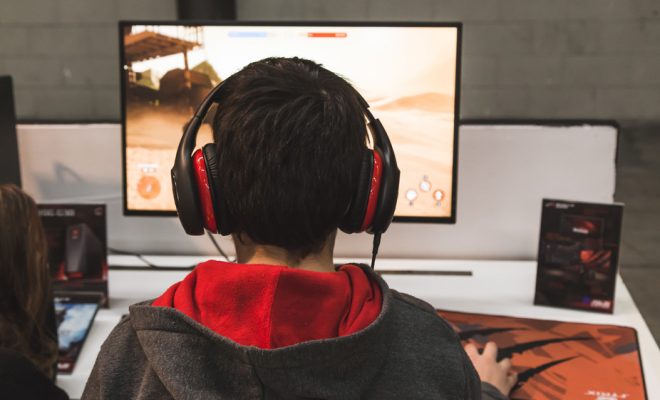Can Research Keep Up with Edtech?

Traditionally, teachers would be assigned a textbook and asked to use it. They were likely unaware of the many steps that the publisher of the text had taken to create, vet, edit, and review everything that went into that textbook. The book might not have been fascinating to students, but the information in it was based on research and reliable. In other words, content quality was largely outsourced, and teachers need not add it to the list of things that they needed to worry about. Edtech, however, does not usually have the same kind of review or research in place before teachers use it.
And this leads to a problem with edtech: Can research keep up?
The standard process for educational research involves at least the following steps: applying for a grant, conducting research, analyzing results, sharing the results at a conference, and publishing the results. This is, obviously, a process that will take many years.
The federal government has made a serious effort to disseminate the results of educational research, using such platforms as the What Works Clearinghouse to make the results of research easy to both access and to understand for busy teachers who don’t have time to wade through the articles in academic journals. But this model seems to fall apart in the face of the incredible pace at which edtech advances. If someone had started the academic review process to study the educational effectiveness of a platform such as, for example, Second Life, it is likely that their results would have been published right about the time that most people were abandoning Second Life for the next big thing in edtech. This makes it exceptionally difficult for research to keep up with edtech.
We might hope that the process for conducting academic research will be streamlined to the point where we can learn how effective an edtech tool is before its life cycle is over. But no one person can enact that change. In the meantime, the best bet for educators may be to use a PLN to learn from what has—and, maybe more importantly, what has not—worked with other educators. For most people, Twitter is an odd amalgamation of funny one-liners and celebrity gossip, but teachers have turned Twitter into a surprisingly effective venue for professional development via coordinated Twitter chats that target certain populations. Whether you teach fourth graders or need new ideas for a high school art class, there is a Twitter network of like-minded educators who are eager to share their best practices with you.






